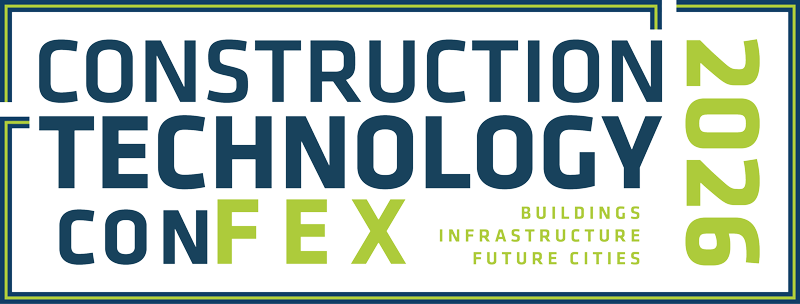February 07, 2025
Sustainable Construction: How Technology is Redefining
Green Building Practices
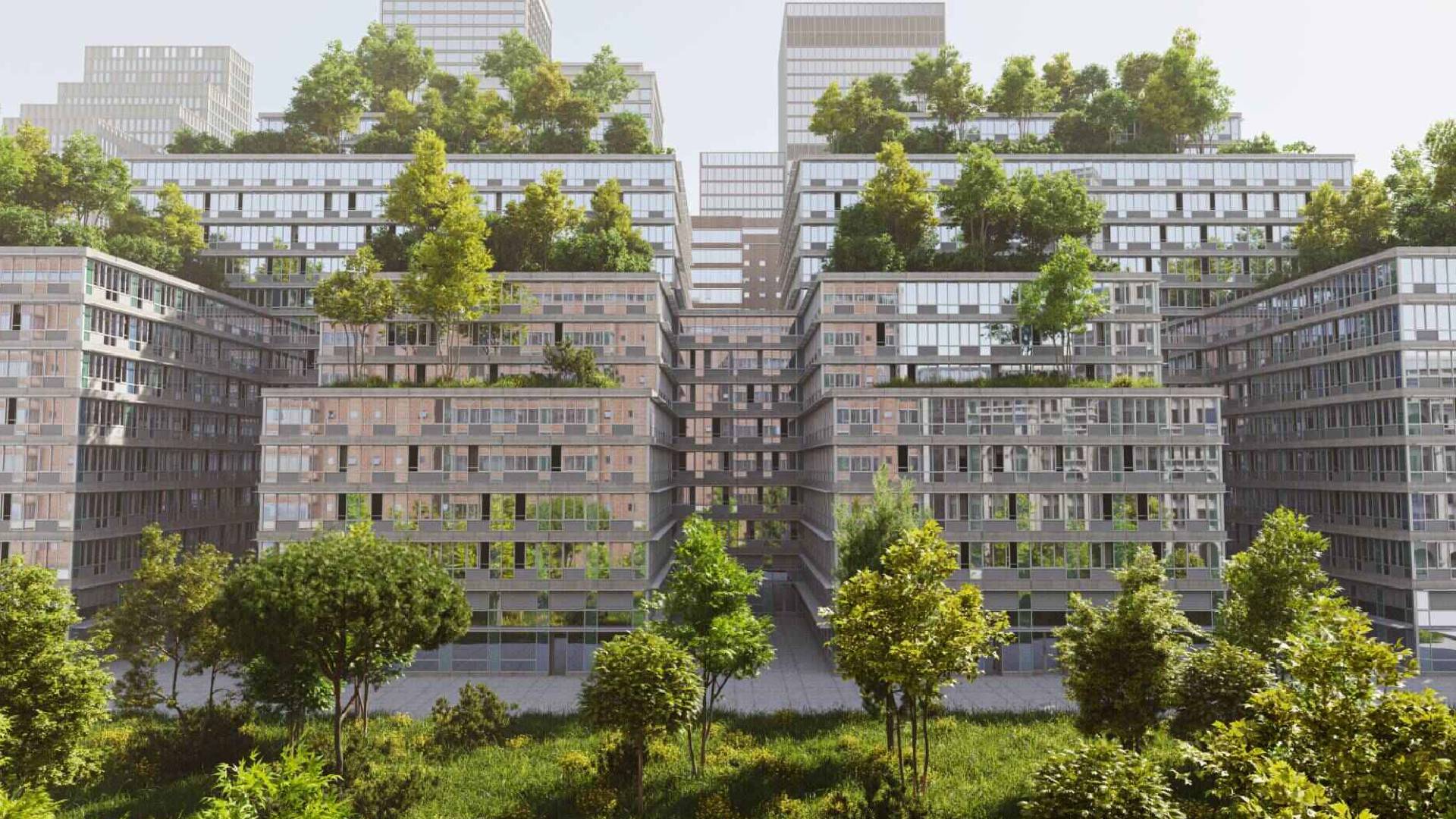
Did you know that the construction industry is growing rapidly? It is growing with a special emphasis on sustainable development. Additionally, sustainability and green building practices have become its priorities. The growing pace of climate change and urbanisation makes it urgent to develop environmentally friendly construction methods. New technology solutions now replace wasteful methods that damage the environment to provide more efficient construction practices. Construction technology events lead the market shift because they showcase property and construction technology innovations to the world.
In this article, we'll explore how leading property and construction technology advances sustainable building methods.
The Evolution of Sustainable Construction
Modern technology is a key factor in transforming green building practices. It simultaneously optimises efficiency and cost-effectiveness and minimises the environmental impact of building operations. The development of smart supplies and artificial intelligence has transformed how we construct properties and manage property management tasks. Modern solutions integration enables the industry to pursue sustainable practices effectively for long-term benefits.
Understanding these advancements is fundamental for developers, investors, and property managers because they need to remain competitive in the construction market.
How Has Green Construction Evolved Over the Years?
The concept of sustainable construction existed before modern times. Before the industrial era, builders used natural materials such as stone, wood, and clay to build while causing minimal harm to the environment. The Industrial Revolution's quick urbanisation resulted in energy-demanding construction methods, which caused environmental damage and resource exhaustion.
The construction sector is undergoing an environmentally friendly transformation. Improved construction and property technology is enabling this transformation, which boosts efficiency while eliminating waste.
Key Factors Driving the Shift to Sustainability
Several ongoing developments have sped up the implementation of green building techniques.
Climate change concerns:
Sustainability has become vital for the construction sector because its contribution to global carbon emissions reaches approximately 40%.
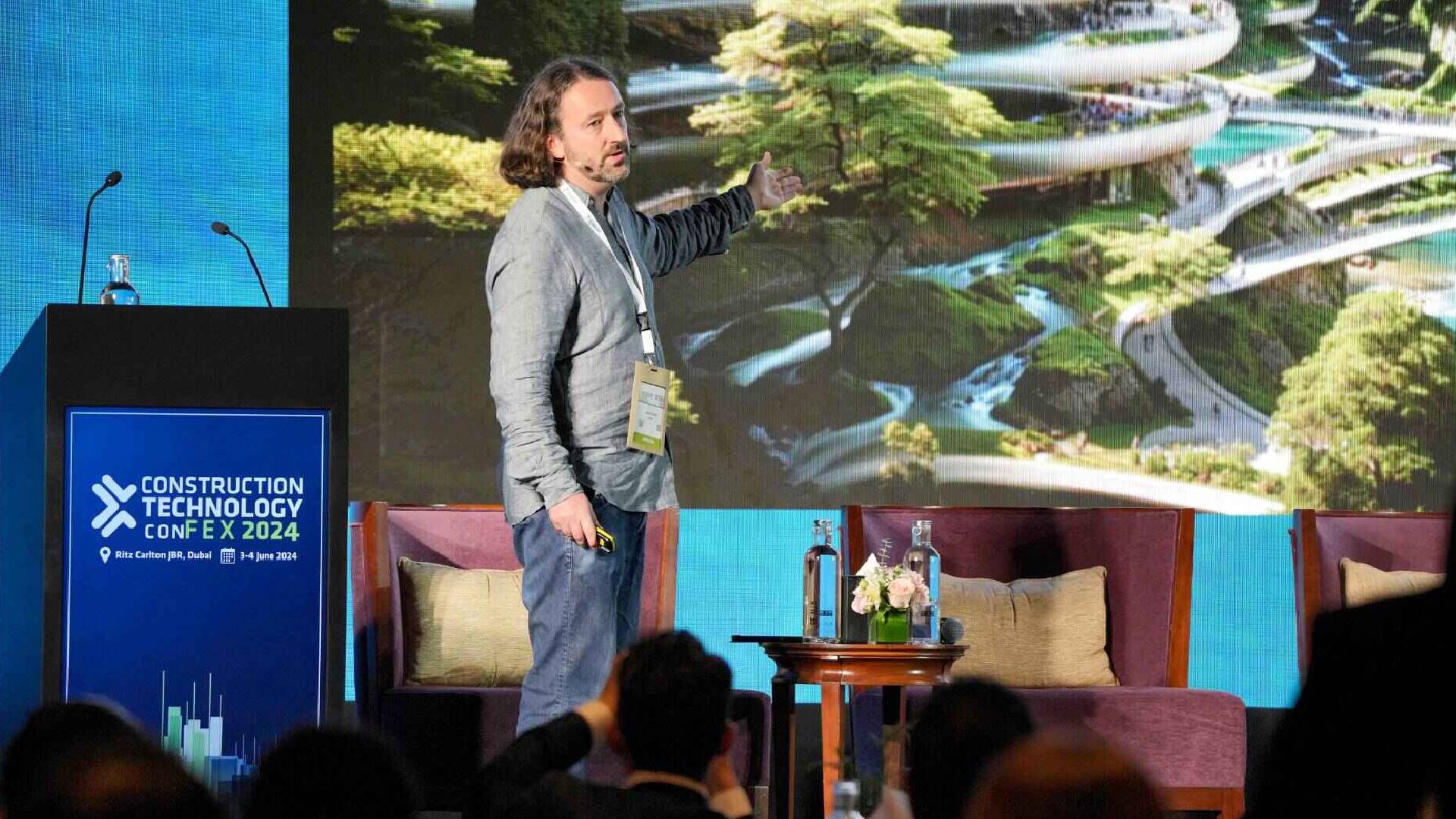
Resource scarcity:
The limited availability of freshwater, timber, and minerals has created a greater demand for energy-efficient materials.
Urbanisation:
The expanding cities create a need for smart infrastructure systems that provide environmental preservation benefits.
How Are Government Policies Pushing Green Initiatives?
Multiple governments across the world enforce rigorous sustainability rules, which include financial benefits to promote green building methods:
- LEED (Leadership in Energy and Environmental Design) and BREEAM (Building Research Establishment Environmental Assessment Method) certifications for energy-efficient buildings.
- Government programs provide financial advantages to builders who incorporate renewable energy devices and smart technology during their projects.
- Official building regulations now enforce the use of sustainable materials while mandating waste reduction methods.
How Smart Building Supplies Are the Backbone of Sustainable Construction?
Self-Healing Concrete: Revolutionising Durability
One of the leading advances in property and construction technology is self-healing concrete. Ingredients inside this material awaken through crack formation to automatically fill and repair openings. These cost-saving measures enable longer-lasting structures.
Recycled and Upcycled Materials: Turning Waste into Resources
Modern construction integrates reclaimed wood together with recycled plastics and repurposed metals to reduce waste going to landfills. Modern building materials help reduce the carbon footprint of new constructions while preserving strong durability.
Biodegradable Materials: Nature-Inspired Sustainability
Modern buildings increasingly utilise Hempcrete as well as mycelium-based insulation and bamboo structures because they naturally regenerate. The materials offer both biodegradability and superior insulation properties, which reduce energy consumption in buildings.
Energy-Efficient Glass and Insulation: Cutting Down Energy Waste
Smart glass and advanced insulation products help buildings retain heat, decreasing the need for artificial heating and cooling systems. These improvements lead to better energy efficiency and long-term sustainability.
Role of AI and IoT in Green Building Practices
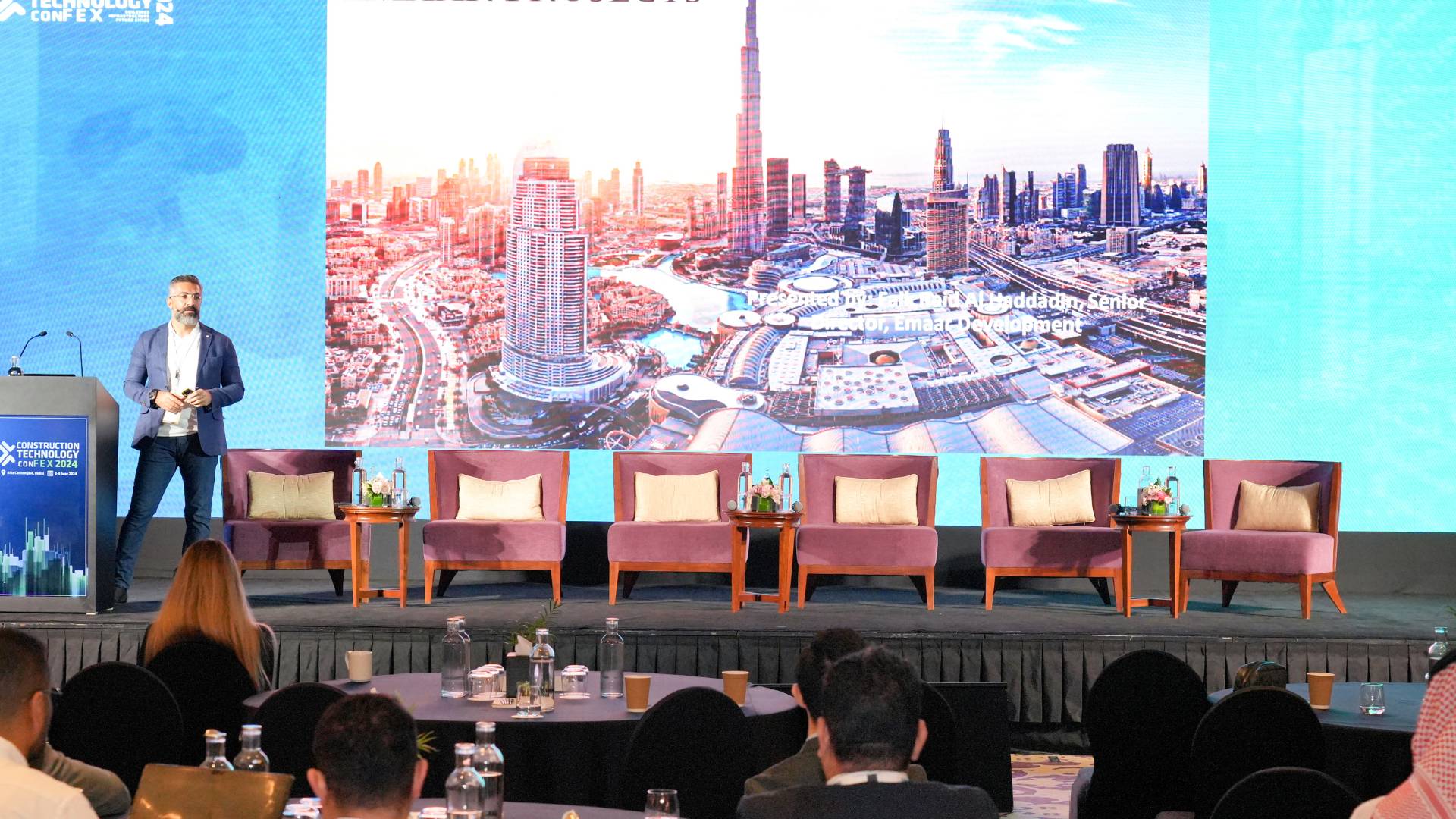
AI-Powered Energy Management: Reducing Carbon Footprint
AI systems examine building energy patterns to create optimised operational models that reduce unnecessary resource usage. Properties now achieve maximum energy efficiency through the combination of smart grids and artificial intelligence-driven thermostat systems.
IoT Sensors: Real-Time Monitoring for Sustainable Operations
IoT-enabled devices provide real-time data on air quality, power usage, and humidity levels. Facility managers can use this data to make sustainable energy management decisions. Building sensors provide early detection of costly inefficiencies and leaks before their development into major problems.
Predictive Maintenance: Preventing Waste and Extending Equipment Life
AI-based maintenance software forecasts servicing dates for HVAC systems, building power systems, and lighting components. Better operational equipment prolongs lifespans and minimises energy waste, producing sustainable facilities.
Water Conservation Technologies: Smart Solutions for a Greener Future
Greywater Recycling Systems: Reducing Water Waste
Buildings in the modern era use greywater recycling technologies to cleanse shower water and sink runoff that becomes usable to decrease their total water demand.
Smart Irrigation Systems: Optimising Landscaping Efficiency
The AI-powered irrigation systems detect soil moisture levels and weather patterns to distribute precise amounts of water that avoid wasteful overapplication.
Rainwater Harvesting: Harnessing Nature’s Resources
The combination of advanced rainwater collection systems enables building self-sufficiency through water storage and filtering, which preserves water supply for non-potable uses.
Renewable Energy Integration in Green Buildings
Building Information Modelling (BIM): Designing for Sustainability
BIM technology lets developers and architects build 3D models of planned buildings before beginning construction. The models enable developers to maximise energy optimisation, material choice, and waste reduction approaches.
Digital Twins: Real-Time Data for Sustainable Performance
Through digital twin technology, the construction industry creates virtual duplicate buildings that automatically update themselves using current data. Building managers can use this system to inspect energy efficiency performance and develop sustainable practices for the future.
Life Cycle Assessment Tools: Ensuring Long-Term Sustainability
Modern software tools perform holistic life cycle analyses on buildings from construction through demolition to maximise material effectiveness and energy usage.
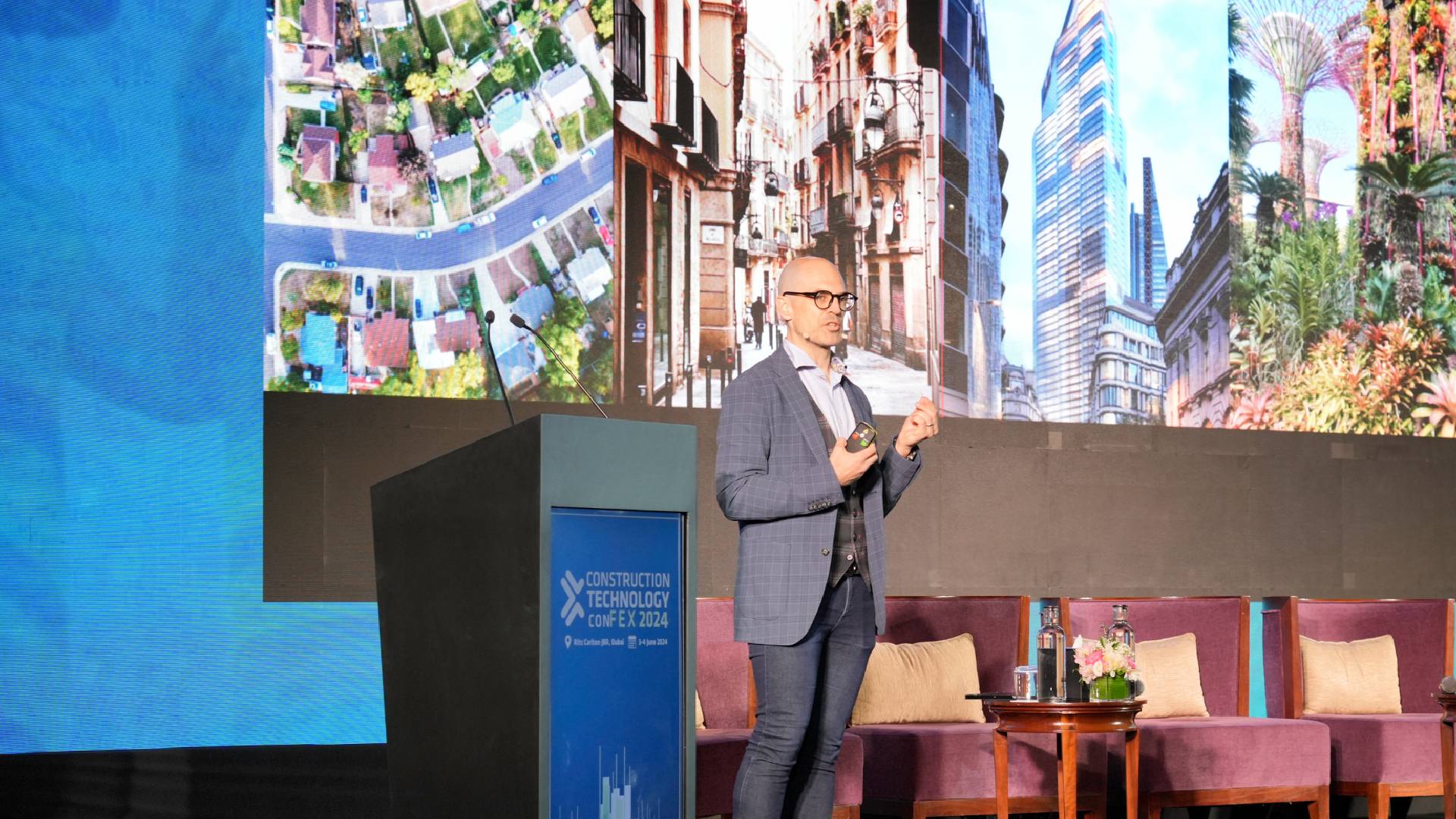
Automation and Robotics: Transforming Sustainable Construction
Automated Machinery: Reducing Environmental Impact
Construction businesses implement electric and autonomous machinery, which reduces pollution and improves operational performance. Modern technologies also enable projects to proceed faster and safer by using fewer resources, leading to increased eco-friendliness.
AI-Driven Design: Precision for Sustainability
AI-powered software helps optimise floor plans and building layouts to maximise energy efficiency, decreasing material waste while making construction more environmentally friendly.
Join the Movement Toward a Greener Future
Modern technology plays a leading role in sustainable building practices, which helps developers, together with investors and property managers, construct economical, eco-friendly structures.
Get ready to join the future of property and construction technology at the Construction Technology ConFex 2025, taking place at JW Marriott Hotel Marina, Dubai, from April 31 to May 1, 2025. You will gain access to expertise, which will help you discover advanced solutions to advance your projects.
Join us today to engage in the rising sustainability-driven construction technology events
Just Say Hi there!
